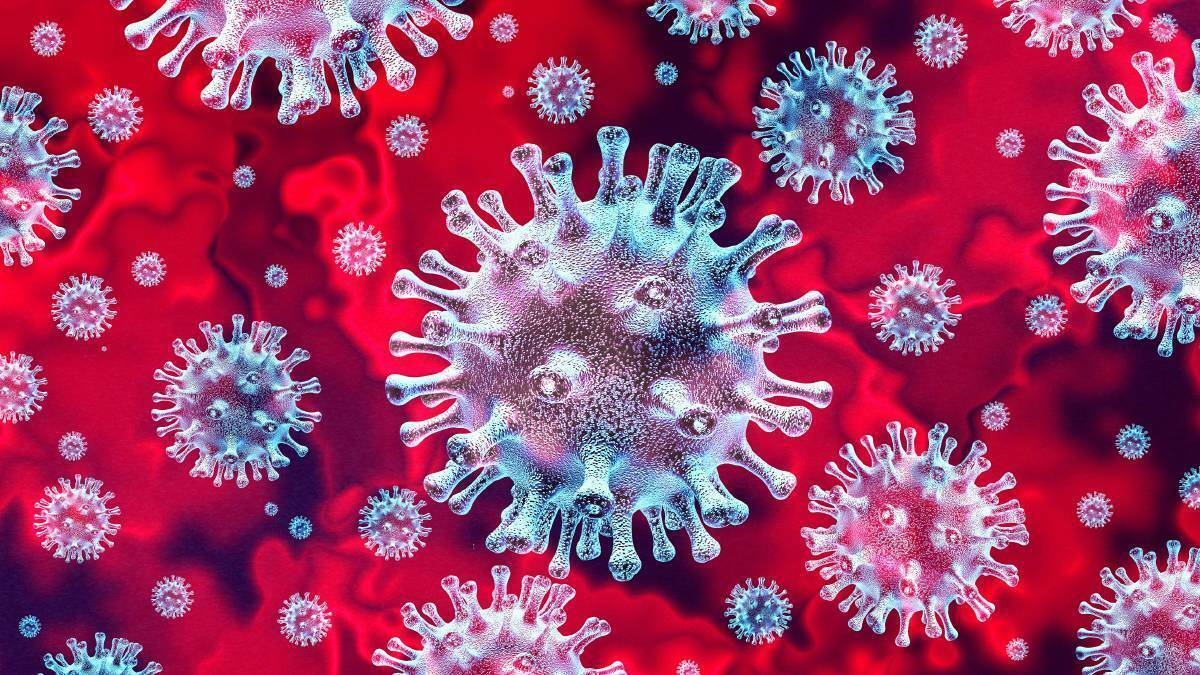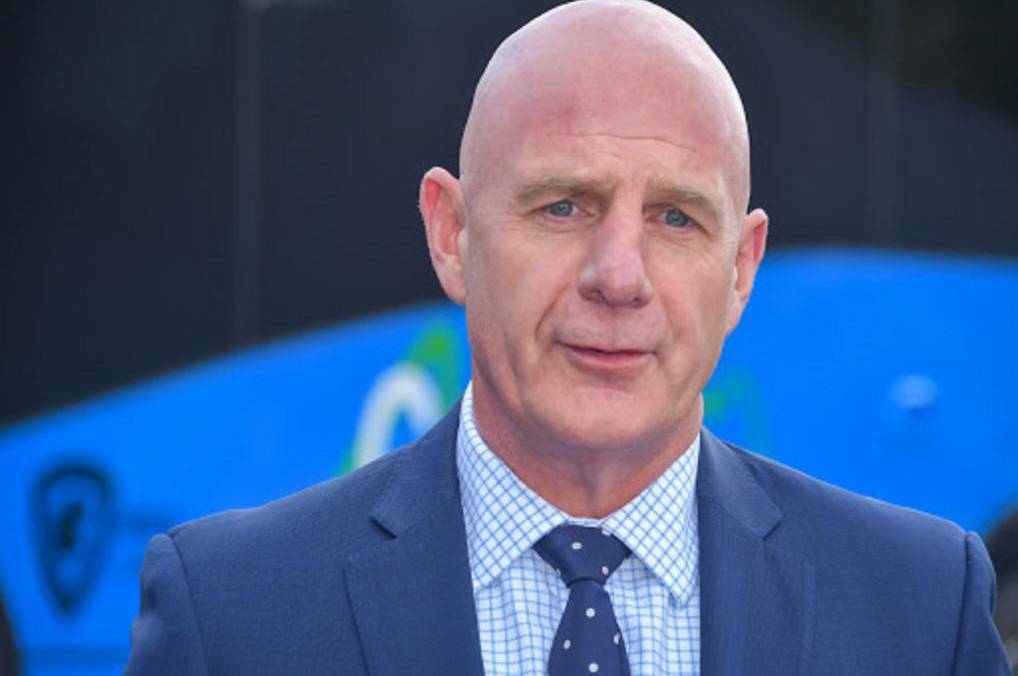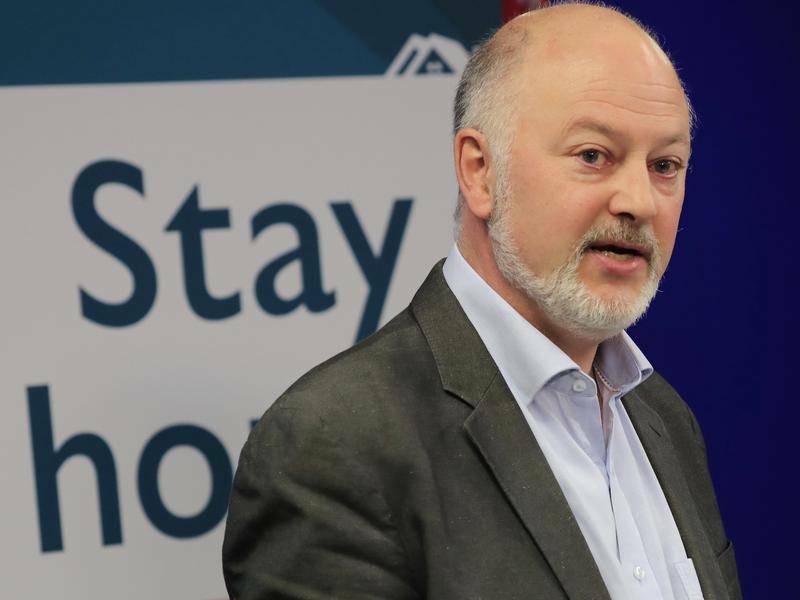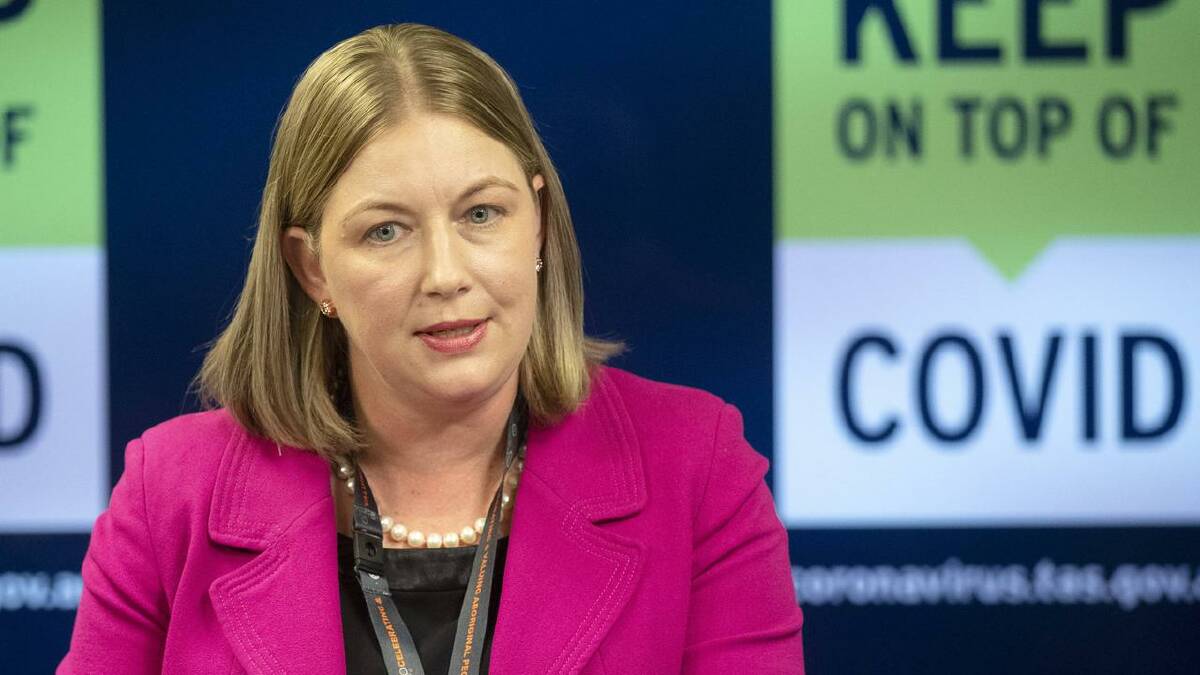
Fifty-five new cases of COVID-19 have been recorded in Tasmania in the past 24 hours, with 23 active cases still being assessed by Public Health.
Subscribe now for unlimited access.
or signup to continue reading
The number of cases being assessed for care rose by two from the previous 24 hours, and there was still just one person hospitalised with COVID, though their hospitalisation was for a different matter.
1 case has opted out of COVID@home program.
On Wednesday, 20 people in the North were listed as active cases, with North-West cases recorder at 46.
Cases in the South rose from 141 to 156.
It was not apparent how many cases were of the Delta or Omicron variant.
One-hundred-and-fifty-eight cases were listed in the COVID@home program and 63 were in the state's Community Case Management Facility.
Premier Peter Gutwein has maintained burgeoning cases and exposure sites were always expected.
"We always said COVID would arrive and we would have the systems in place to manage it," he has said.
"It's important we keep on going and return to a life where we can live with COVID.
"As we learn to live with this, there will be many places that are listed, that's a statement of fact."

Exposure sites
With a focus on close contact sites, the exposure list received its regular update to include six more sites, including Party in the Apocalypse Part one - listed as low risk.
Party in the Apocalypse Part one at Inveresk Park appeared on the exposure list on Tuesday for patrons in attendance from 5:30pm to 10:30pm on December 27.
The Rosevears Hotel at 215 Rosevears Dr was listed as a close contact site between 7:00pm and 9:30pm on December 24.
Maven Dental at Invermay was listed as a close contact site on December 28 between 8:40am and 09:10am from December 24 to the December 28.
LIFT Gym at 23 Racecourse Crescent in Launceston was listed twice on Tuesday as a close contact site, first between 4:35pm and 6:45pm on December 23, then between 5:59 am and 6:50 am on December 24.
On Monday , Ashgrove Cheese factory at Elizabeth Town between 1.55pm and 3.56pm on December 19 was added in the North, alongside the Black Cow Bistro, which was an exposure site between 8.25pm and 10.25pm.
The Mole Creek Hotel was also close-contact exposure site between 7pm and 8.30pm on December 22.
The Turners Beach Berry patch was also listed, between 2pm and 4pm on December 20.
The COVID website currently 260 exposure sites with 103 in the North, 25 in the North-West and 132 in the South.
Public Health information available at: coronavirus.tas.gov.au/families-community/public-exposure-sites-in-tasmania

What to do if you're "exposed"
Mr Gutwein and Public Health Director Dr Mark Veitch have made it apparent every Tasmania should essentially consider themselves to be exposed in some capacity to COVID - to assume they have come in contact with a case.
They made the clarification when announcing it was likely casual and low-risk site listings would be phased out so contact tracers could focus on close contacts.
So, the reality is all Tasmanians need to continue what they have been doing: if they feel symptoms, get tested (and follow health directives like wear a mask).
Those identified as being a close contact must immediately quarantine, arrange for a COVID test and then await further Public Health advice.
Close-contacts who are vaccinated will be required to quarantine for seven days following exposure while those unvaccinated will need to stay in quarantine for 14 days.
Those identified as a casual contact will need to book a COVID test for three to five days after the date of their exposure, monitor their symptoms for 14 days and wear a mask for 14 days when they are outside of the home and unable to physically distance.
If they develop symptoms they should get tested, but they are not required to quarantine if they have no symptoms.
Those who were at a low-risk site at a time of exposure are free to go about their day, but should monitor themselves for symptoms for 14 days. If they develop symptoms, as always, they should get tested.
Public Health information about close-contacts.
Public Health information about casual contacts.
Tests
Testing numbers reached 2419, again increasing following Christmas and Boxing Day.
Testing numbers has previously blown out following cases initially landing on Tasmanian shores.
Launceston testing clinics were inundated and some people reported waiting about five hours for a test.
Public Health responded by coordinating with private testing providers to open up more clinics, and mobile clinics were also opened.
Health Minister Jeremy Rockliff previously addressed the surge in testing.
"As we reconnect with the rest of the country, we are ensuring that we have the appropriate health and safety nets in place to keep on top of COVID-19," he said.
"We have already deployed significant resources towards testing, but acknowledge that demand has been high. As a result, we have commenced several additional testing clinics across the State."
A mobile testing clinic was set to be open on Tuesday at Riverside High School until 3.30pm.
How you can book a test: coronavirus.tas.gov.au/vaccination-information/covid-19-vaccination/where-to-get-a-vaccine
Vaccination rate
Tasmanian vaccination rates remained steady with the first dose rate hitting 97.61 per cent, and the second dose rate settling at 92.77 per cent for the population aged 16 and over.
A 95 per cent second dose rate was projected to be hit about January 5.
Mr Gutwein said Tasmania had one of the best vaccination rates in the country, behind only Victoria, NSW and the ACT for the amount of second doses administered.

Restrictions
The state's newly introduced mask mandate in indoor areas continued, with Mr Gutwein implying it was likely to be hanging around.
He said with the Omicron strain of the virus becoming more pressing, Public Health measures that have existed in Tasmania throughout the pandemic would enable us to "live with the strain".
Those measures included social distancing, continuing to use the Check in Tas App (which you can add your vaccination status to), and the new mask rules.
"When I look at other states, I think we are the best prepared [for Omicron]," Mr Gutwein said.
"[The measures] put us in a stronger position than all of the other jurisdictions, at the moment, in terms of controlling the spread of the virus.
"[Masks are ] minor inconvenience, but it is a very cheap and very simple thing you can do to keep yourself safe, the community safe and your loved ones safe."
Supports
Several financial supports exist to enable workers and carers to get tested if they experience symptoms or are forced to isolate following exposure.
A $750 per week support is available through Services Australia, as is a $750 payment from the state government.
The state also has a one off $250 payment to enable people to get a test themselves, or to support someone else to get the test.
Details are available at:
What do you think? Send us a letter to the editor:
Our journalists work hard to provide local, up-to-date news to the community. This is how you can continue to access our trusted content:
- Bookmark www.examiner.com.au
- Make sure you are signed up for our breaking and regular headlines newsletters
- Follow us on Twitter: @examineronline
- Follow us on Instagram: @examineronline
- Follow us on Google News: The Examiner













